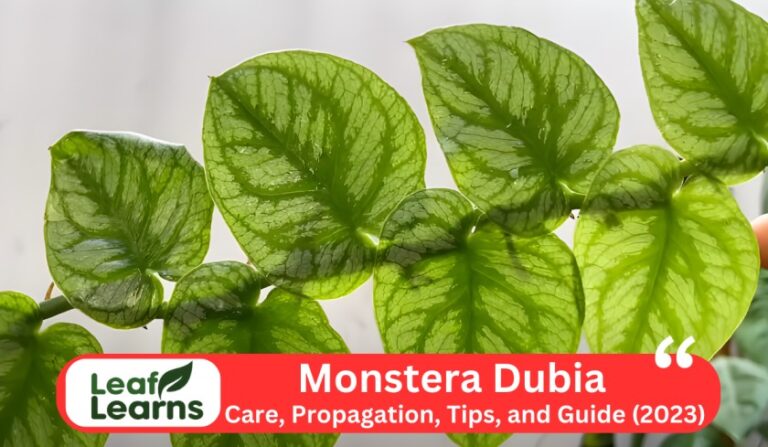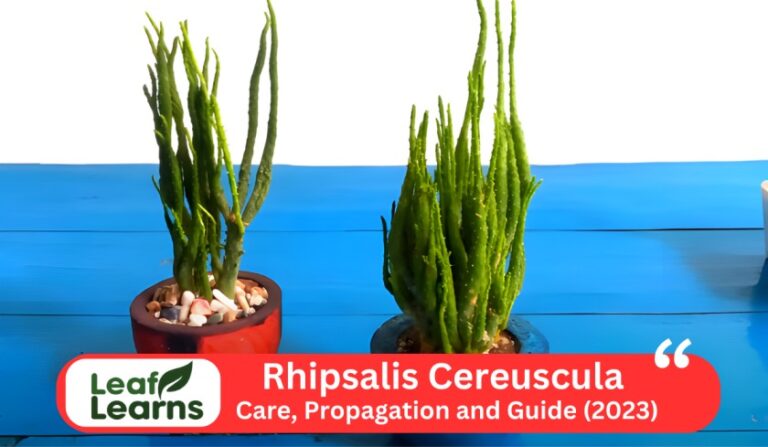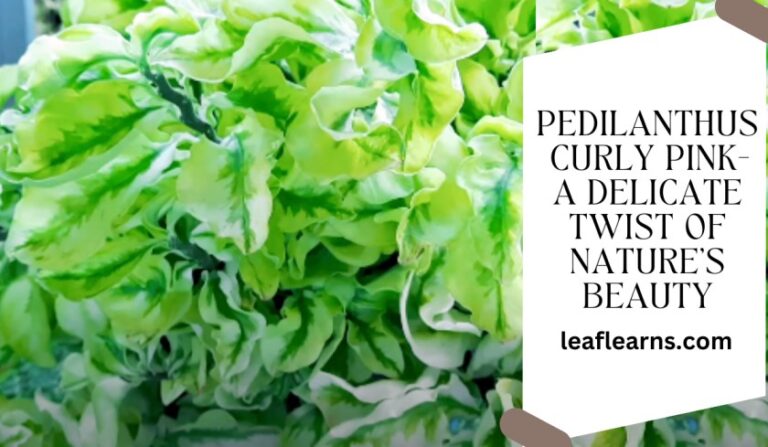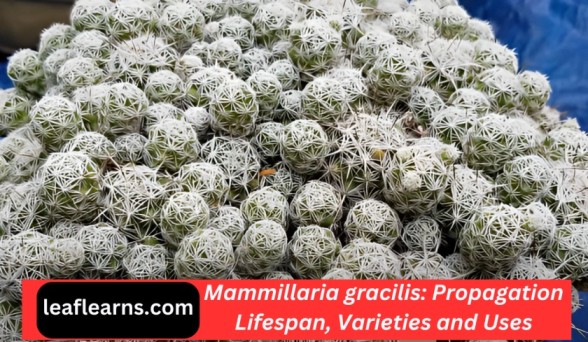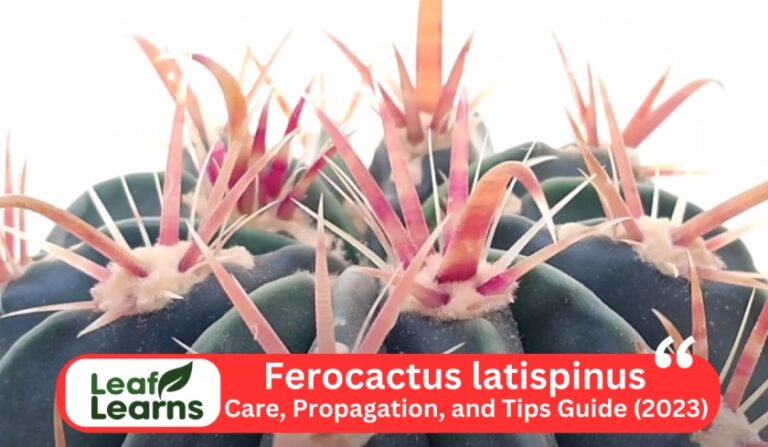Pilea Aquamarine ‘glauca’ Care and Guide – Leaflearns (2024)
With its gorgeous turquoise leaves, Pilea Aquamarine Glauca is a beautiful, pet-friendly plant that would look great inside or outdoors. This unusual plant, which originated in South America’s tropical rainforests, enthralled botanists with its captivating look.
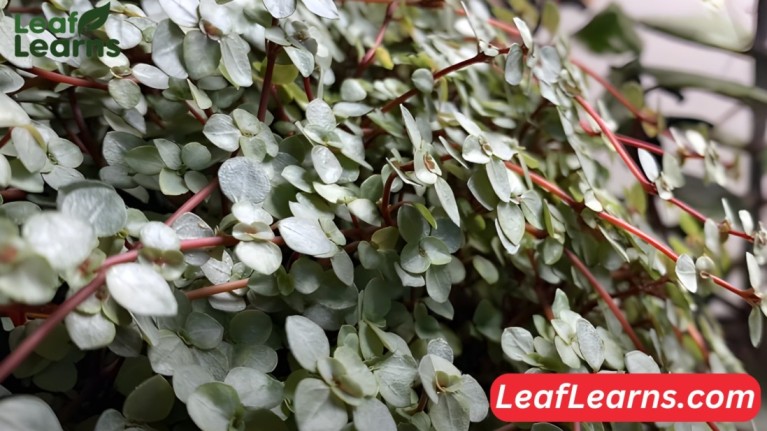
A fascinating cultivar of the well-known Chinese money plant, Pilea peperomioides ‘Aquamarine’ was finally given its categorization in 2014 after years of taxonomic debate following its initial discovery in the early 20th century.
In contrast to its emerald-green sister, the Pilea Aquamarine shines with a turquoise color that is reminiscent of the Caribbean Sea. When exposed to natural light, its leaves have a fascinating metallic sheen that gives it an alluring appearance.
| Common Name | baby tears, silver sprinkles plant |
| Scientific Name | Pilea glauca ‘Aquamarine’ |
| Family | Urticaceae |
| Origin | Cultivated hybrid, possibly originating from South America |
| Plant Type | Perennial |
| Size | Small, typically grows up to 6-12 inches (15-30 cm) tall |
| Lifespan | Perennial, can live for several years with proper care |
| Leaf Colour | Light green with silvery-blue hues |
| Leaf Size | Small, approximately 0.5-1 inch (1-2.5 cm) in diameter |
| Flower | Small inconspicuous flowers |
| Light | Bright indirect light |
| Water | Moderate, allow soil to dry slightly between waterings |
| Soil | Well-draining, rich potting mix |
| Temperature | Prefers temperatures between 65-75°F (18-24°C) |
| Humidity | Moderate to high humidity levels are preferred |
| USDA Zone | Typically grows well in USDA zones 10-12 |
| Fertilizer | Diluted balanced liquid fertilizer once a month |
| Propagation | Stem cuttings or division |
| Pruning | Trim leggy growth to encourage bushiness |
| Pests | Spider mites, aphids, and mealybugs |
| Toxicity | Non-toxic to humans and pet |
| Uses | Use as a decorative houseplant or in terrariums |
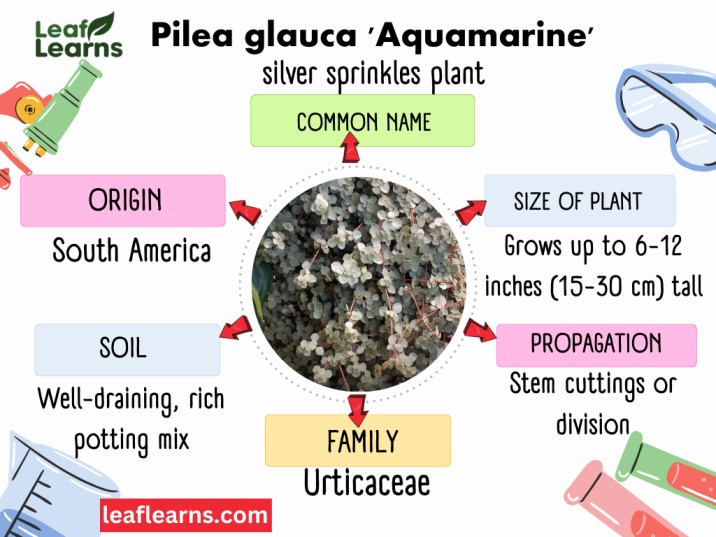
Contents
- 1 Pilea aquamarine Care
- 2 Pilea Aquamarine Propagation
- 3 How do you repot a pilea-aquamarine?
- 4 Growth Rate and Size
- 5 Pilea aquamarine flower
- 6 Common Pests and Diseases
- 7 Pilea Aquamarine Toxicity
- 8 Why is My Pilea Aquamarine drooping leaves?
- 9 Varieties/Types
- 10 Pilea Aquamarine Benefits
- 11 Essential Care Considerations for Pilea-Aquamarine
- 12 Nurturing Your Pilea Glauca: Key Care Practices
- 13 Conclusion
- 14 FAQs
Pilea aquamarine Care
Pilea glauca ‘Aquamarine’ light
Picture a clearing in a sun-dappled rainforest. Indirect light that is bright is ideal for your Pilea. The best kind of window is one that faces east, which blocks harsh afternoon light and provides soft morning light.
Windows facing south or west also function well, provided they are set back from the source of light. Additional grow lights could be needed for windows that face north.
How often do you water Pilea glauca ‘Aquamarine’?
Consider “regular sips, not gulps.” When the top inch of soil seems dry, deeply water, letting extra water run off.
A grave sin that results in drooping foliage and root rot is overwatering. For best health, use filtered water at room temperature.
Pilea aquamarine Soil
Imagine a cosy, well-ventilated sanctuary. Essential is a premium potting mix that drains properly.
For best drainage, add perlite or coco coir to your mixture. Recall that your Pilea will suffer greatly from damp soil.
Temperature Requirement
Consider warm, not cold. Temperamentally, aim for room temps of 65–80°F (18–27°C). Keep your home free of drafts and abrupt temperature fluctuations because your Pilea needs a stable climate.
Do pilea-aquamarine like humidity?
Imagine a lush mist rather than a parched desert. It can tolerate normal home humidity levels, although it prefers higher ranges (50–60%).
To increase the moisture level in the area, use a humidifier, a pebble tray, or gather plants together.
How often should I fertilize my Pilea glauca ‘Aquamarine’ plant?
Think once in a while, not every day. A monthly feeding of diluted balanced fertilizer maintains your Pilea robust throughout the spring and summer.
Don’t overfertilize, though, as this might harm the fragile roots.
Potting Requirement
Consider “room to grow, not cramped quarters.” Every one to two years, repot into a container that is slightly bigger than the root ball and has drainage holes. Steer clear of repotting in the winter or when the plant is under stress.
Pilea Aquamarine Propagation
It offers two delightful options for propagation: stem cuttings and division.
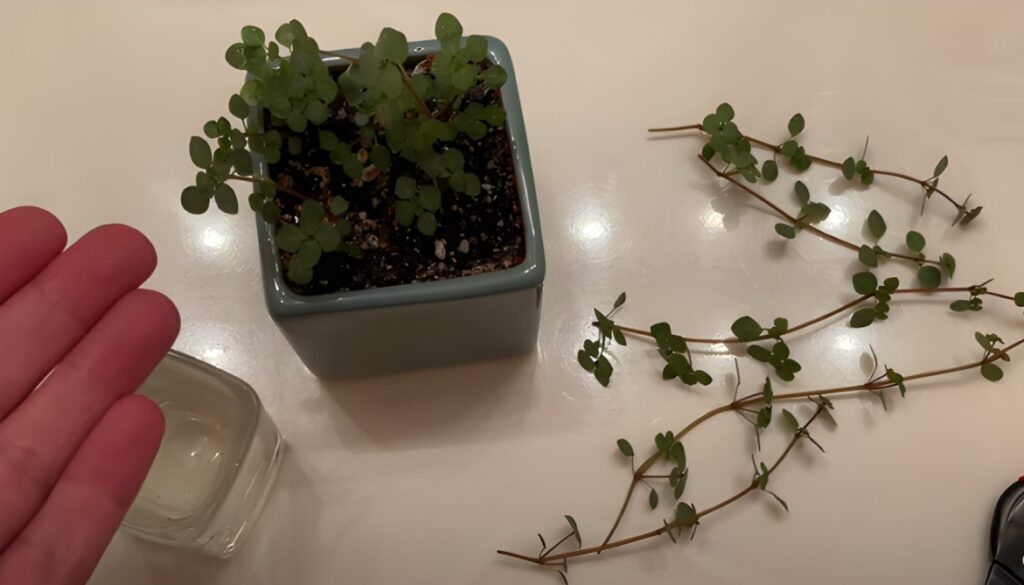
1. Stem Cuttings
- Assemble your supplies: rooting hormone (optional), well-draining potting mix, glass container (optional), and sterilised shears.
- Choose a hero: Pick a young, healthy stem that has at least two or three nodes, or the bumps where the leaves meet the stem.
- Cut the piece: Take a 45-degree angle cut right below a node. Take off the lowest leaves, leaving two or three at the top.
- Techniques for rooting:
- Water: Submerge the cutting node completely in filtered water while holding it upright. As the roots take two to four weeks to grow, change the water once a week.
- Soil: Plant in wet, well-draining soil after dipping the cut end in rooting hormone (optional). To preserve humidity, place a transparent plastic bag over it.
2. Division
- A mature Pilea with several pups (young plants) near the base would be a good choice.
- Separate gently: Make sure every pup has good roots by gently separating the puppies from the mother plant.
- Potting up: Place each pup in a container of its own that has dirt that drains well. Give it plenty of water and use indirect, bright lighting.
How do you repot a pilea-aquamarine?
Repotting every 1-2 years or when roots peek out is ideal. Follow these simple steps:
- Prepare: Pick a pot with drainage holes that is one to two inches wider. Make use of a potting mix that drains effectively, such as a combination of 50/50 perlite and peat moss.
- Gentle Release: To help the dirt release, water your Pilea in advance. To prevent damaging the plant’s roots, carefully tip the container and remove the plant.
- New Residence: The plant should be positioned in the new container at the same depth as previously. Add new potting mix, being careful not to compress it, and firm the soil around the roots.
- After repotting, Let the plant settle in for a month before applying fertilizer.
Growth Rate and Size
This gem grows slowly, usually gaining 4-6 inches year. It may grow to a height of 12 to 15 inches and gently spread outwards with the right maintenance. Because of its small size, it’s ideal for hanging baskets, tables, and shelves.
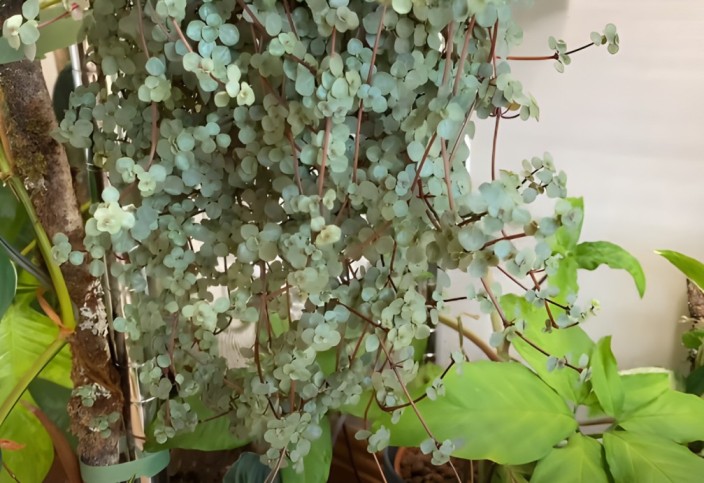
Pilea aquamarine flower
The Pilea glauca ‘Aquamarine’, though rare inside, may surprise you with its little greenish-white clusters of blooms.
They are not less beautiful than the plant, despite their visual appeal. If you’d like, you can decide to take them out.
Common Pests and Diseases
- Mealybugs: Check leaves and stems for white, cottony masses. Apply neem oil or insecticidal soap to treat.
- Gnats on fungus: These little insects are a sign of overwatering. Reduce the frequency of watering and enhance drainage.
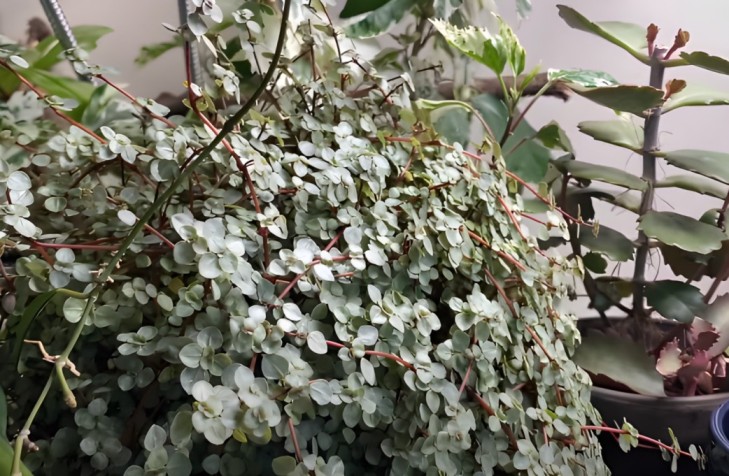
Pilea Aquamarine Toxicity
This plant is non-toxic to humans. While ingesting large amounts is not recommended, accidental contact or consumption during normal care poses no danger.
Is Pilea Aquamarine Toxic to Cats and Pets?
Pilea is considered non-toxic to both cats and other pets! It lacks harmful substances like insoluble calcium oxalates, often found in toxic plants.
However, any significant ingestion can cause tummy upset. Supervise pets to prevent nibbling.
Why is My Pilea Aquamarine drooping leaves?
On a Pilea glauca ‘Aquamarine’ drooping leaves may indicate overwatering, underwatering, or insufficient light. To avoid root rot, make sure that the drainage is adequate, water the soil when the top inch becomes dry, and offer indirect, strong light.
Stay out of the direct sun as it might burn foliage. Bushier growth is encouraged by pruning lanky stems.
Varieties/Types
- The Classic Aquamarine: With its captivatingly tiny, spherical leaves in a fascinating shade of teal, this shape is the epitome. Because of its trailing nature, it’s perfect for hanging terrariums or baskets.
- Silver Sparkles: This version has a hint of enchantment. Its flowing foliage is given a whimsical and shimmering touch by the tiny silver accents that dance over the leaves.
- Glaucophylla: Distinguished by its graceful presence, this variety distinguishes out from the others with its bigger, somewhat elongated leaves. Its vivid green color adds a refined touch to any interior setting.
- Red Stem: This version is unique due to its modest yet fascinating characteristics. Vibrant crimson stems that pierc the foliage provide visual intrigue and a striking splash of color.
- Miniature Marvel: A delightful miniature that captures the spirit of the aquamarine in a little container, perfect for fans of terrariums. Its slender stalks and small leaves combine to form an enthralling microcosm.
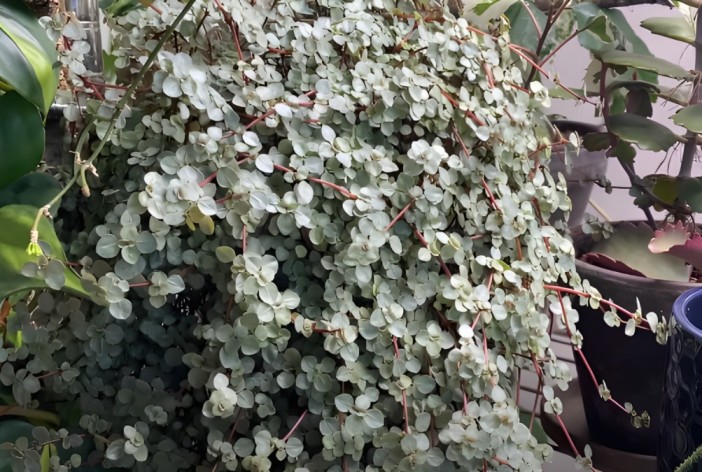
Pilea Aquamarine Benefits
- Air purification: Absorbs indoor pollutants, improving air quality.
- Low maintenance: Easy to care for, ideal for plant beginners.
- Propagates easily: Share the joy with friends and family.
Essential Care Considerations for Pilea-Aquamarine
When it comes to caring for Pilea glauca ‘Aquamarine’, there are several crucial aspects to consider. Firstly, understanding the plant’s specific needs is essential. This includes providing adequate light, water, and soil conditions tailored to the plant’s preferences.
Additionally, being aware of potential toxicity issues is vital, especially if there are cats present in the environment. Monitoring for any signs of leaf drop or changes in the plant’s appearance can indicate underlying issues that may need attention.
Proper propagation techniques can also be valuable for maintaining a healthy and thriving Pilea glauca ‘Aquamarine’ collection, ensuring the longevity and beauty of these unique plants.
Nurturing Your Pilea Glauca: Key Care Practices
Similarly, caring for Pilea Glauca requires attention to detail and a nurturing approach. Providing the right amount of water and ensuring proper drainage is crucial to prevent issues like overwatering or root rot. Understanding the plant’s light requirements and adjusting placement accordingly can help maintain its vibrant color and growth.
Regular monitoring for pests or diseases is also important for early intervention and prevention. Whether it’s repotting, pruning, or addressing specific care needs, staying attentive to the plant’s well-being ensures a flourishing Pilea Glauca collection.
Additionally, being mindful of toxicity concerns, especially in households with pets, underscores the importance of responsible plant care practices.
Conclusion
In summary, giving your Pilea glauca ‘Aquamarine’ the ideal ratio of light, water, soil, and temperature is essential to its care. When the top inch of soil feels dry, aim for bright, indirect light and water deeply, being careful not to overwater.
To guarantee ideal soil conditions, use a potting mix that drains effectively, and keep the temperature cosy, between 65°F and 80°F (18°C to 27°C).
Furthermore, think about raising the humidity to replicate its tropical beginnings. Your Pilea glauca ‘Aquamarine’ will flourish with good care, providing not only gorgeous leaves for aesthetic purposes but also possible health advantages including air filtration.
FAQs
How do you care for Pilea aquamarine?
Well-draining soil, regular watering when the soil dries somewhat, and bright, indirect light are all necessary for Pilea glauca ‘Aquamarine’ growth. Although it can handle ordinary levels of humidity, aim for room temperature (65–80°F). Humidity may be increased by occasionally misting it or setting it on a pebble tray.
Is Pilea aquamarine a succulent?
No, Pilea aquamarine is not a succulent. Although it can withstand some drought, it is not as water-resistant as succulents and requires more frequent watering.
What is the nickname for Pilea aquamarine?
Pilea glauca ‘Aquamarine’ has several nicknames, including:
- Silver Lady
- Friendship Plant
- Pancake Plant (due to its round, flat leaves)
- Coin Leaf Plant
Why is my aquamarine plant dying?
Several factors could cause your Pilea glauca ‘Aquamarine’ to decline:
- Verify whether the soil is wet before overwatering. Only water after a brief drying period.
- Underwatering: Make careful to water often to prevent wilting.
- Lack of light: Transfer it to more indirect, brighter light.
- Cold climates: Store it in a warm place (65–80°F).
- Insufficient nutrients: Apply a mild fertilizer in the spring and summer.
Can you propagate Pilea aquamarine?
Indeed! Pilea glauca ‘Aquamarine’ can be propagated via division or stem cuttings. Cuttings take root easily in soil or water, and division is a good method for mature plants that have pups.
Is Pilea glauca ‘Aquamarine’ toxic?
It is not toxic, but if consumed, especially by dogs, it may produce some unpleasant stomach symptoms due to its mild irritants. Make sure that animals and children cannot get it.

